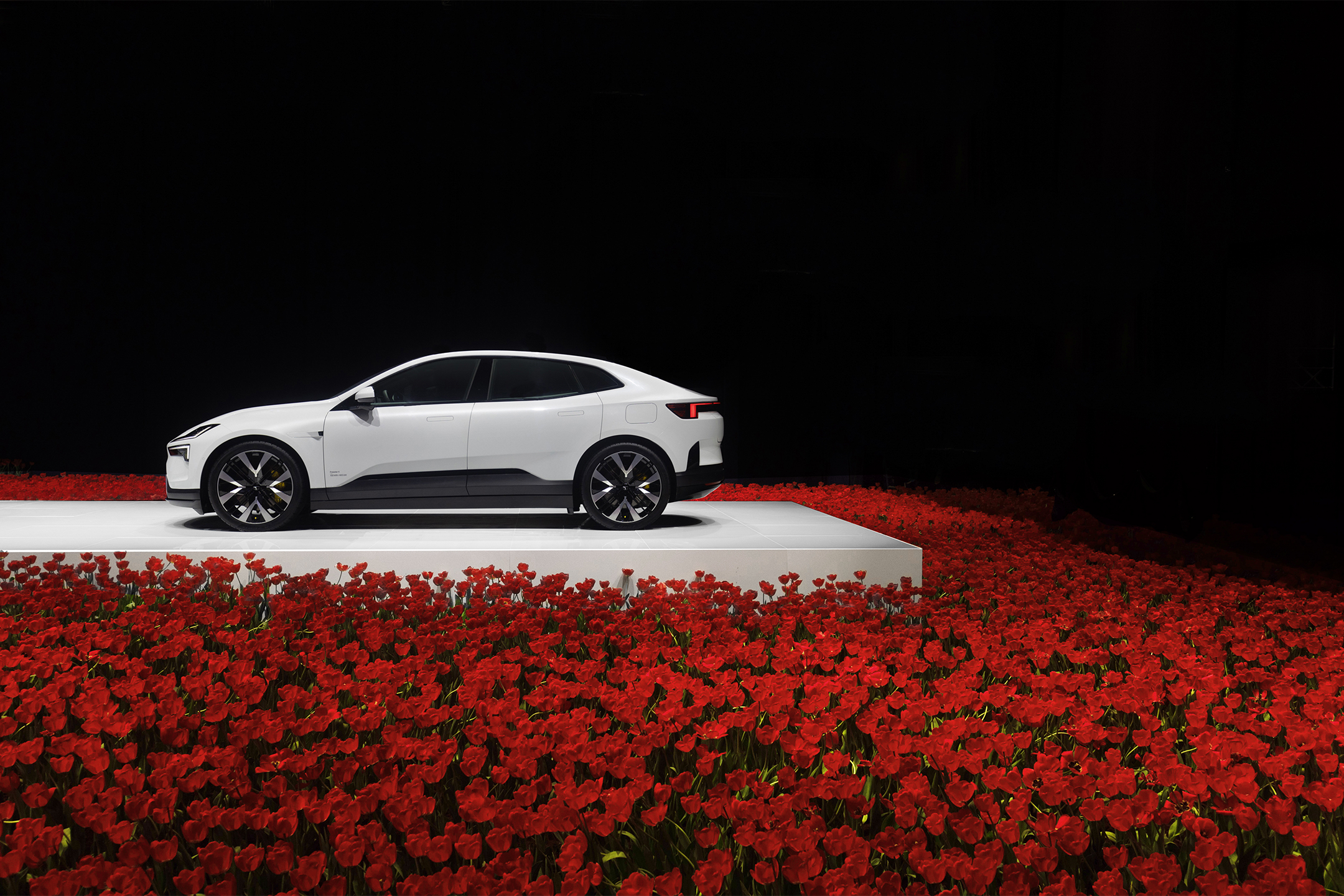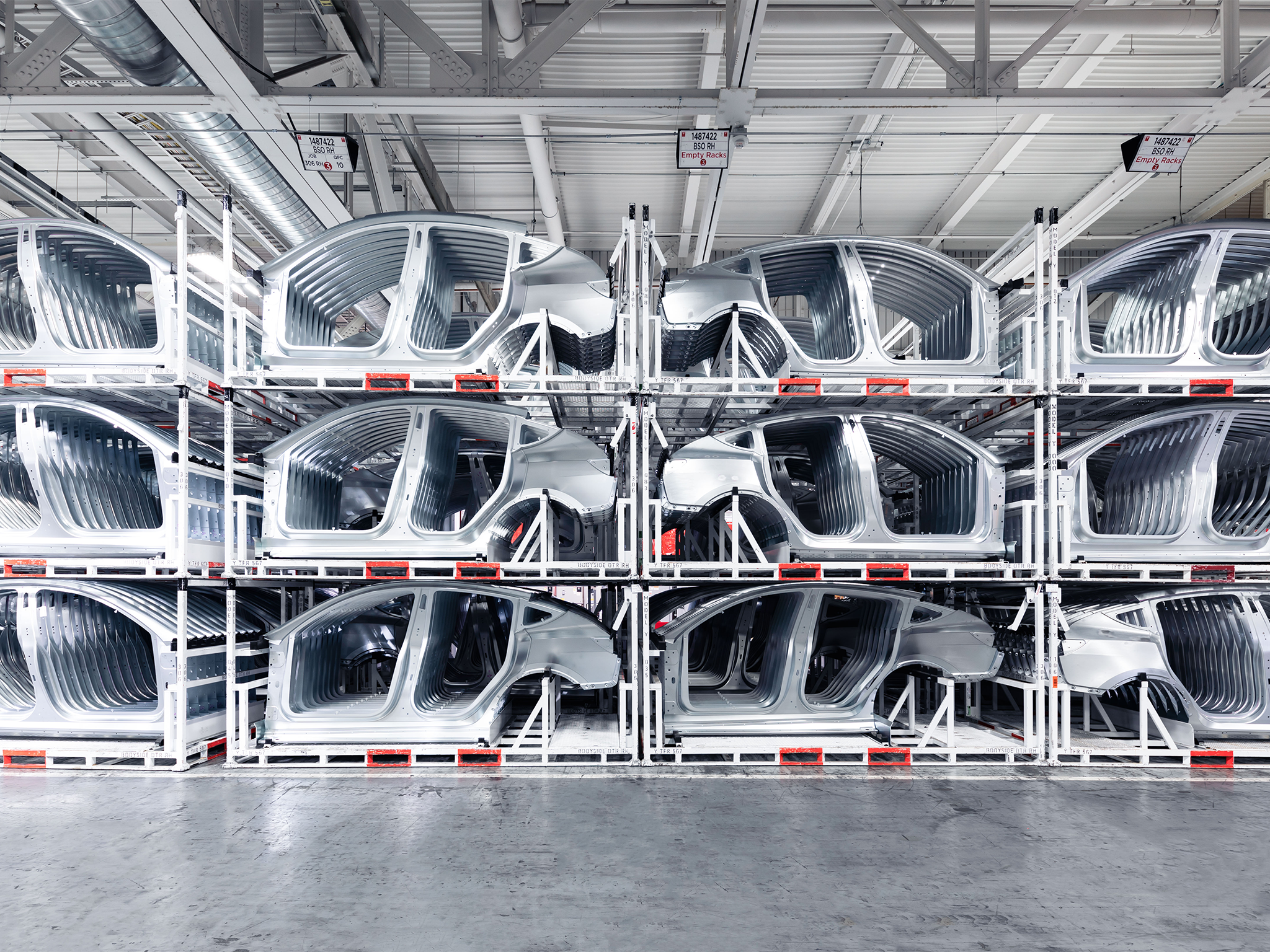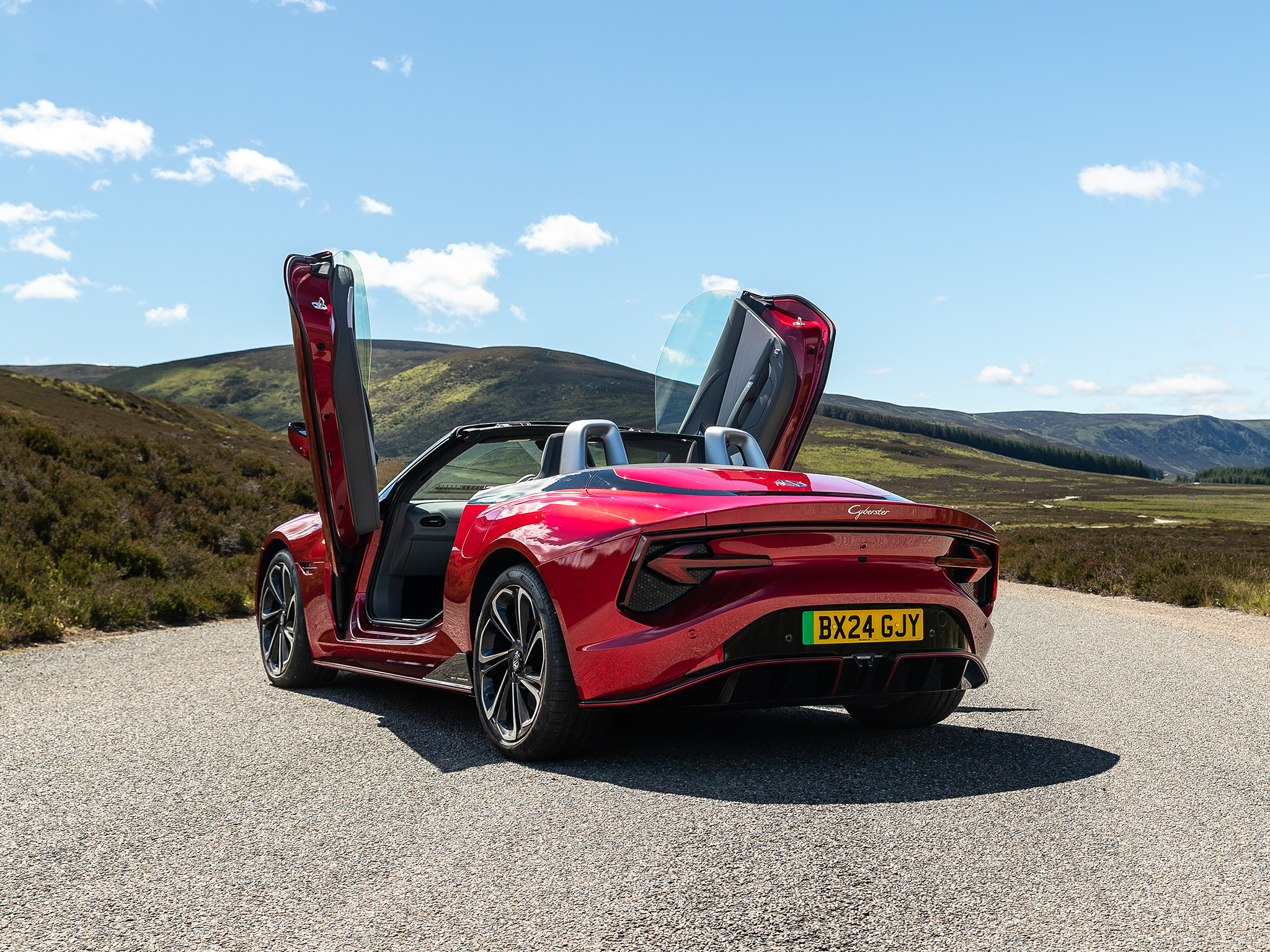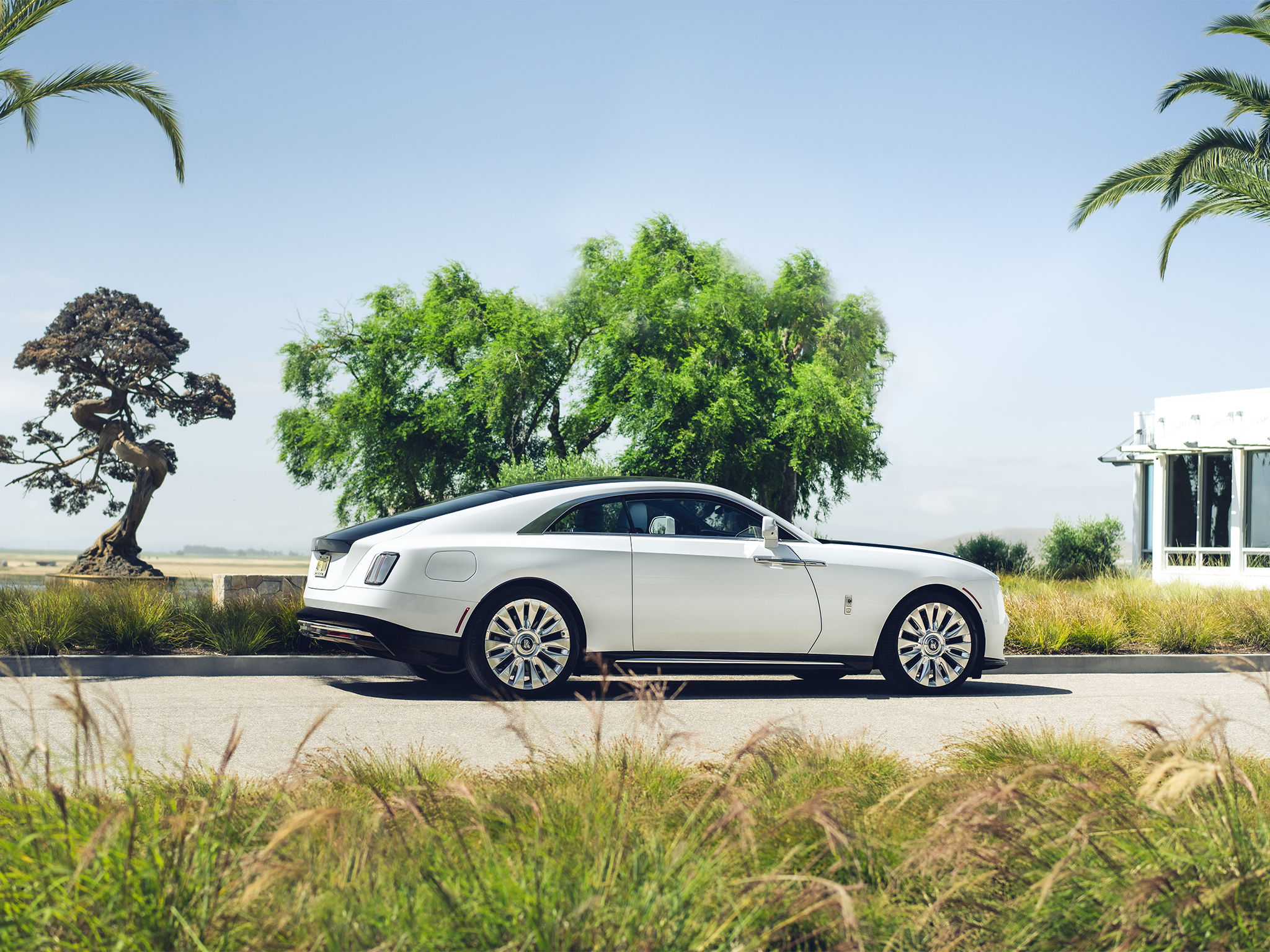New brands versus old brands – who’s going to win in the EV game?
Car buyers are about to be bombarded with new brands from around the world fighting for their cash. But which can you trust? And can legacy brands keep up with the competition? One thing’s for sure: not every one will survive. Steve Fowler investigates the challenges that lie ahead


The Independent's Electric Vehicles Channel is sponsored by E.ON Next.
The next ten years will see the car world go through the biggest transformation in its 100-plus year history. But what does that mean for you?
Electric vehicles will play a major role, but different countries around the world have their own targets for reaching full electrification. In the UK, the new government recommitted to the 2030 ban on fully internal combustion-engined cars (petrol and diesel). That ban could soften – it’s reported that new hybrid cars will continue to be sold for an extra five years – but in either case, every car maker is racing to increase the number of EVs it offers and sells.
Car makers have targets they must reach for the sale of EVs in the UK: 22 per cent this year, and 28 per cent next year. If they don’t hit those targets, they’ll have to pay fines or use one of the temporary workarounds, such as buying credits from other firms or borrowing from future years’ sales.
On top of the new technologies to contend with, these targets give you an idea of how hard it is to make and sell cars right now. Many car makers are struggling to make ends meet financially in such a changing world, so are looking at other ways to save. That includes making savings in the distribution and sale of cars, with new agreements in place with dealers and more direct selling by the car makers themselves.

Electrification and direct sales are only two factors in the fast-changing car market. There’s autonomous driving, increasing amounts of safety legislation, uncertainty over the supply of crucial components, political uncertainty and wavering consumer demand. Who’d want to make cars right now?
Judging by the number of new names we’re already seeing in the UK – and with many more to come – there are plenty of companies that are ready to not only reinvent the car, but also how cars are sold.
Plenty will be buoyed by the successes of Tesla, the US car maker that has become synonymous with electric cars in a relatively short space of time. But times are tough for the company. On top of the usual market challenges, the increasingly controversial political ramblings of CEO Elon Musk are making some people think twice about owning a Tesla.
Musk-aside, Tesla’s latest quarterly results showed a drop in profits of 45 per cent due to sluggish sales, with investors eagerly awaiting news of the much-rumoured Tesla Robotaxi that could be set to boost the company.
Tesla has done things differently, basing the car around the software rather than bolting computers into a traditional vehicle architecture. Legacy car makers – the brands we and our parents have known and loved for years – are desperately trying to follow suit.
Of all the new and old brands, which will be the next Tesla and which will be the next Saab?
A host of Chinese brands are thinking similarly to Tesla, bringing a speed of development and a quality to their cars that traditional car makers have struggled to match.
William Li, boss of Chinese firm Nio, told me recently, "In China if it takes you more than 24 months to develop a car you’re behind. And if you’re not producing software updates every quarter, the users may give you up."
How do legacy car makers react to that? Kai Grünitz, Volkswagen’s Head of Technical Development, told me, “Usually we have a 54-month development process. Our Chinese competitors do it in 38 to 32 months.
“We decided on three pilot projects with a development process of about 36 months. One of them is the ID. 2. We started in late December 2022 with the first sketches, and it’ll come to the road late in 2025 or early in 2026.”
What is clear is that not every car maker will survive. Brands we’ve known and loved may well disappear as profits fall at some of the biggest car makers. Nissan and Stellantis have both reported tumbling profits.
Stellantis has 14 brands in total. Across Europe we get Abarth, Alfa Romeo, Citroen, DS, Fiat, Jeep, Lancia, Maserati, Opel, Peugeot and Vauxhall, while in the US there’s also Chrysler, Dodge and Ram. CEO Carlos Tavares and his team have done an incredible job of making a little go a long way – many of the brands share platforms and technologies to keep costs down. But does the car world really need all those brands? I don’t think so.

As for newcomers, they’re not all coming from China. The US has given us Lucid – an all-EV brand led by British CEO Peter Rawlinson.
Rawlinson is an engineer by trade and Lucid has some incredible tech that it’s selling to other car makers – Aston Martin, for example. The Lucid Air is brilliant and a World Car Award winner. Its second model, the Lucid Gravity, is on the way, and cheaper Lucid cars coming too. Lucid is all about efficiency and, with funding seemingly secure for the time being, I think it’ll survive.
Fisker wasn’t quite so lucky; it just managed to deliver the first batch of its innovative Ocean SUV to UK customers before it went bust.
It’s the second company failure for CEO Henrik Fisker – a shame because his product plan, which meant outsourcing production to other companies including iPhone-maker Foxconn, seemed sound.
Sadly, the interesting Fisker Pear and the Fisker Ronin – engineered by Fisker Magic Works here in the UK – will never see the light of day, while UK customers have no way of getting their somewhat problematic Fisker cars maintained.
US brand Rivian makes electric pick-ups and SUVs, mostly for its home market, but it has its eyes on Europe too. Like so many of these start-ups, it has a charismatic CEO in R J Scaringe, but Rivian has also had its fair share of financial worries. A recent substantial investment from Volkswagen has made its future more certain, though.
There’s a fail-fast mentality in China that may seem ruthless, but it means many brands won’t fulfil their plans to sell their cars in Europe.
Meanwhile, the big US car makers Ford and GM have reacted with electric vehicle plans of their own. Even GM-owned Hummer has gone electric.
In Europe, Ford is a pale shadow of its former self. You can’t buy a Fiesta (Britain’s best-seller for generations) or a Focus anymore, while two of its EV offerings, the Explorer and Capri, are based on Volkswagen tech. Its petrol-engined Puma is still the UK’s biggest-selling car, though.
Looking east, new brands are popping up (and disappearing) thick and fast. At the Shanghai Auto Show in 2023, I was struck by the sheer number of new brands that had arrived since my previous, pre-Covid, visit.
One that impressed me most was Hi-Phi, owned by a company called Human Horizons. Where so many Chinese brands seemed to be difficult to differentiate, Hi-Phi had cars that were different. They had light panels along their sides that could display messages, while the headlights could project visuals onto a wall in front. The rear doors had pop-up roof panels to make getting in and out easier and, with the help of British ex-JLR engineering boss Mark Stanton, they were great to drive.
Hi-Phis made it to Germany, but by the time I went to the Beijing Auto Show in 2024, Hi-Phi was no longer.
There’s a fail-fast mentality in China that may seem ruthless, but it means many brands won’t fulfil their plans to sell their cars in Europe.
Some will though. Chinese maker BYD – vying with Tesla to be the biggest-selling EV manufacturer in the world – and Omoda are already selling in the UK with strong offerings. Value, technology, good quality and long warranties are key – just as they were for the Japanese car makers arriving in the 1970s and the Korean brands in the 1990s.
MG may be a very British brand, but it’s owned by Chinese giant SAIC, which has wisely kept a small design and engineering base in the UK. British buyers don’t seem bothered by Chinese ownership, as evidenced by MG sales going great guns over here. The cars, including the MG Cyberster sports car – a nod to traditional MGs – have been well received.

Stellantis has done a deal with Leapmotor to bring its models to Europe. I’ve already driven Xpeng models that are seriously impressive and heading here soon, and Geely-owned Zeekr is also aiming at Britain.
Geely already has a strong foothold in Britain with its ownership of Lotus, Volvo and Polestar. It imports cars from China for all those brands. It also owns Lynk & Co, which already sells cars in Europe, but for the past six or seven years it has been promising to come to the UK “in the next year or so”.
Lotus, which has the impressive Lotus Eletre all-electric SUV, has just revised its sales forecast downward, while Polestar, which is listed on NASDAQ, has seen its share price dip worryingly and has just replaced its CEO. It’s a tough world out there.
Back in China this year, one of the biggest crowds at the Beijing show was around the Xiaomi stand where the Chinese smartphone maker was showing its first electric car, the SU7. The car was well received, but not as well as the company’s CEO Lei Jun, who had a rockstar’s welcome from the crowds.
Li Auto, Aiways, Avatr, Hongki, Arcfox, Dayun, Seres, Aito, Skyworth, Li, YuanHang, Poer, Neta, Ruilan could all appear on our shores. But it’s looking less likely that Vietnamese brand VinFast, which once counted David Beckham amongst its ambassadors, will be coming to the UK any time soon – it recently shut down its UK operations.
The UK isn’t devoid of automotive start-ups, either, with Ineos Automotive launching its mighty Grenadier 4x4 thanks to oodles of cash from Sir Jim Ratcliffe (although it’s built in France). However, despite announcing its first all-electric Ineos model, the car has since been put on hold due to ‘market conditions’.
It’s going to be a tough battle for market share, and I can guarantee not every car brand will survive.
Britain has a history of luxury automotive companies with Rolls-Royce (already electric with its Rolls-Royce Spectre), Bentley and Aston Martin. It’s this premium market that luxury EV start-up Forseven will be aiming at when it launches its new brand in a few years. Little is known about the project – led by former JLR board member Nick Collins – but it’s ramping up development and has strong backing from the Abu Dhabi sovereign wealth fund.
So of all the new and old brands, which will be the next Tesla and which will be the next Saab?
Four things are key in this new automotive era: sound financial backing, excellent product, great leadership and the right brand story.
Both new and existing companies need to have believability so customers can trust that they’ll be around in the long term. Nobody wants to be stuck with a car that’s worth nothing and can’t be mended if it goes wrong – I feel deeply sorry for anyone who currently owns a Fisker Ocean.
Also hugely important is differentiation – what marks one car brand and car model out from the next one. As a motoring expert, even I’m struggling to differentiate between some car brands these days.

Of all the new brands out there, it’s Chinese brand Nio that has impressed me most. Like others, it has employed many western staff, notably designer Kris Tomasson, while it has clearly watched, listened and learned from the competition. It’s like Tesla with hindsight.
What I like about Nio is not only the product, which is well-made, technologically advanced, drives nicely and looks great, but what’s been built around the brand.
Nio has embraced its community and encouraged involvement; you can even give feedback directly to the CEO via Nomi, Nio’s digital assistant that sits on top of the dash. At motor shows, Nio’s stands – or Houses as it calls them – are staffed by owners and fans.
Nio Houses pop up as sales and community centres in major cities, too, while the brand’s cars can be charged as any other EVs can, or you can swap the batteries over in a fraction of the time at strategically sited swap stations. It’s all clever, thoughtful and different.
I’m confident Nio will be around in ten years’ time, but what of all the other car brands out there now and coming soon?
It’s going to be a tough battle for market share, and I can guarantee not all of them will survive. That outlook can make it tough for buyers, but the good news is that where automotive battle rages, standards and innovation reach new levels. And that’s good for us all.











Join our commenting forum
Join thought-provoking conversations, follow other Independent readers and see their replies
Comments